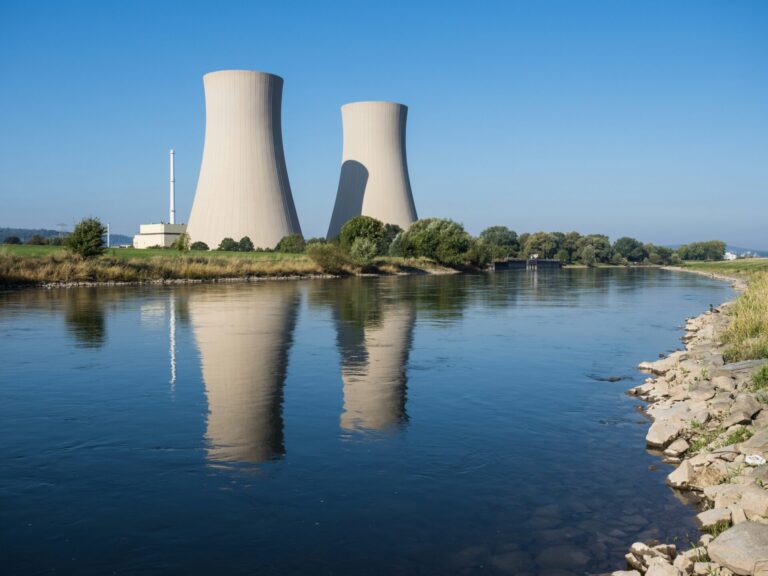How Does CCS Work?

What Happens to Captured CO₂?
While a large portion of captured CO₂ is permanently stored underground, some of it can be repurposed. This is known as Carbon Capture, Utilisation, and Storage (CCUS). In some cases, CO₂ is used for Enhanced Oil Recovery (EOR), where it is injected into oil fields to extract additional crude oil. However, this method is controversial as it extends fossil fuel production.
There are also innovative ways to utilise CO₂ in industry. Some companies are integrating captured carbon into low-carbon concrete and building materials, while others use it in synthetic fuels, plastics, fertilisers, and even carbonated drinks. Additionally, CO₂ can support biological processes, such as algae cultivation for biofuels and sustainable materials. Despite these emerging applications, long-term storage remains the most critical approach for large-scale carbon reduction, as utilisation alone cannot process the vast quantities of CO₂ required to meet climate targets.
Why is CCS Beneficial?
-
Climate Change Mitigation:
CCS significantly reduces CO₂ emissions, directly contributing to net-zero goals and slowing global warming.
-
Economic Growth and Job Creation:
The development of CCS infrastructure is expected to generate thousands of jobs and stimulate economic growth. In the UK, the CCS industry is projected to create up to 50,000 jobs and contribute £94 billion in Gross Value Added (GVA) by 2050.
-
Energy Security:
By enabling cleaner use of fossil fuels, CCS supports a stable energy supply while renewable energy adoption increases.
-
Industrial Decarbonisation:
Hard to moderate sectors such as cement, steel, and chemicals rely on CCS to reduce their emissions, as alternative solutions are currently impractical or unavailable.
Recent CCS Developments
Challenges and Considerations
-
High Costs:
The technology remains expensive, requiring substantial investments in capture facilities, transportation networks, and storage sites.
-
Energy Intensity:
The process of capturing and compressing CO₂ is energy-intensive, reducing the overall efficiency of power generation.
-
Public and Regulatory Hurdles:
There are concerns about the long-term safety of CO₂ storage, as well as regulatory uncertainties that can slow down project approvals and funding.






